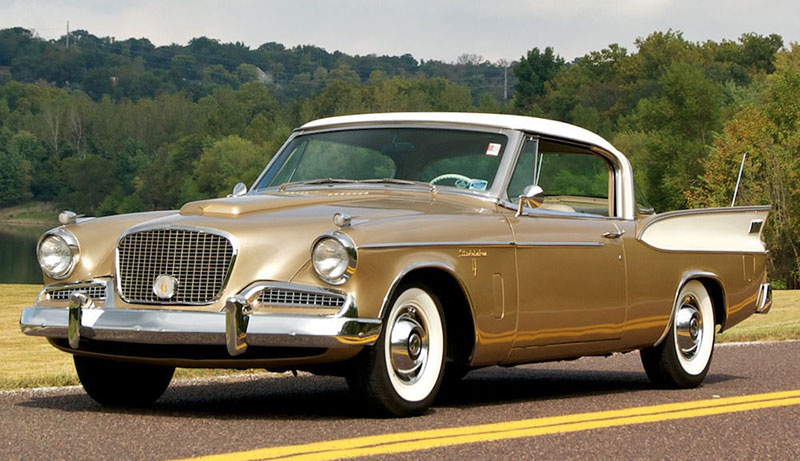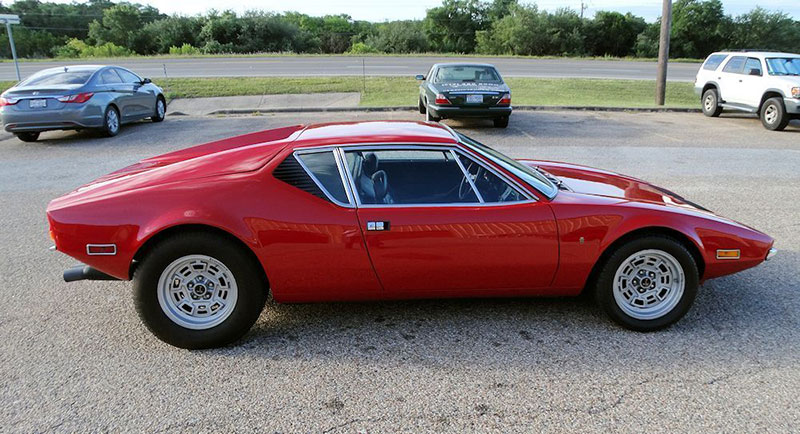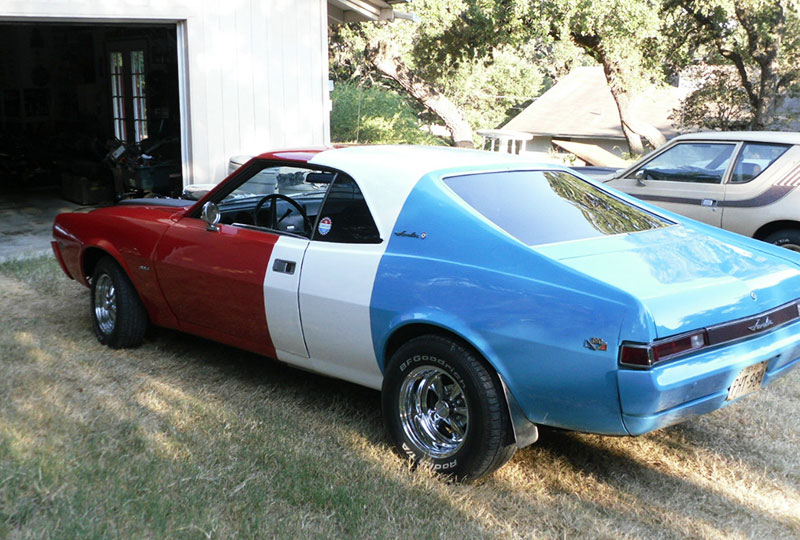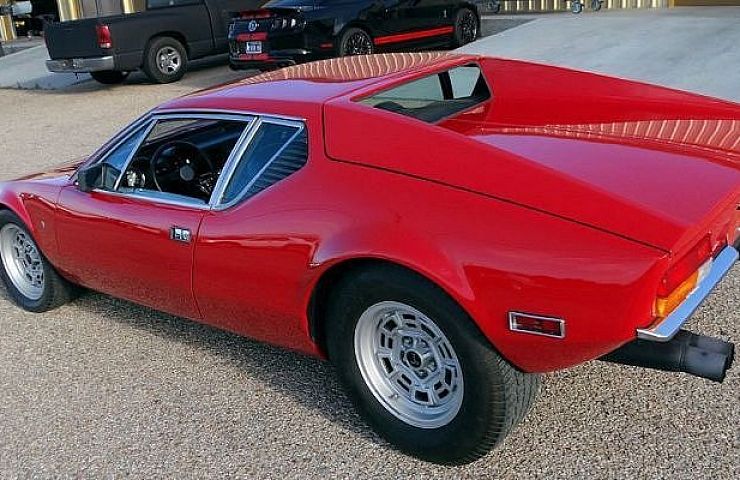If you own a Studebaker, Packard, Pontiac, Oldsmobile or AMC, your car is part of the orphan nation. Orphan cars are vehicles built by a manufacturer that is no longer in business, or marques no longer supported by their makers. They are among the most affordable and interesting collectible automobiles, but ownership comes with its challenges. What is the best way to find New Old Stock (NOS) parts? What if you don’t work on the car yourself?
While resources aren’t as plentiful as for Ford or Chevy, replacement parts and information are easier to find than one might think. We recently gave guidelines on finding NOS parts on eBay. There are also swap meets, club events, and publications such as Hemmings Motor News.
I speak from experience having owned three orphans: a 1966 Rambler, 1972 Olds Cutlass convertible and 2002 Saab 9-3. With a little ingenuity, I was able to maintain each in good running order for years. The Saab that I recently parted ways with was 12 years old when I sold it.
Top Orphans to Consider
Some orphans are more collectible than others. If you can find any of the following in good working order, you’ve hit pay dirt:
1962-3 Oldsmobile Jetfire: Based on the F-85 hardtop, the Jetfire featured America’s first fluid-injected turbocharger. The Jetfire’s Turbo Rocket V-8 engine developed 215 horsepower and 300 foot-pounds of peak torque for some serious power off the line.

This is a 1962 Oldsmobile Cutlass F85, not a Jetfire.
1956 Studebaker Golden Hawk: This top-of-the-line Studebaker was a monster of a car, with Packard’s 352 cubic-inch engine under the hood. The only Studebaker hawk with fins was quite a looker as well.

This is a 1958 Golden Hawke.
1952 Hudson Hornet: Sometimes the small guy wins. The ’49 Hornet with its bored out six-cylinder engine became the darling of the early NASCAR circuit, beating V-8 competitors for both the 1952 and 1953 seasons.

Check out this 1954 Hudson Hornet.
1971-74 DeTomaso Pantera: At a time when new emissions regulations were bleeding the life out of American muscle cars, along came the Pantera: an Italian bodied sports car with a potent, 351 cubic inch Ford V-8 engine. Zero-to-sixty acceleration was in the mid five-second range. With looks to kill and performance to back it up, Ford’s sports car held its own against the European exotics.

This 1972 DeTomaso Pantera has beautiful lines.
1968 AMC Javelin: The Javelin is perhaps the world’s most underrated muscle car, primarily because it’s an orphan. The roots of the two-door Javelin were in AMC’s 1966 AMX concept. With its clean, uncluttered design and 343 cubic inch V-8 engine, the no-nonsense Javelin did zero-to-sixty in less than eight seconds.

A very patriotic 1969 AMC Javelin.
Four Helpful Hints
If you decide to go down the path of orphan ownership, here are some suggestions from one who has been there:
- Obtain a shop manual and keep it in the car. Even if you don’t service the car yourself the information will be valuable for whoever does, especially if you use a local shop that doesn’t specialize in your particular model. Keep an emergency took kit in the car as well that includes jumper cables, a spark plug socket, adjustable crescent wrench, some WD40, soldering iron digital volt-ohmmeter, screwdriver with changeable bits and a small flashlight. If you have room in the trunk, a hydraulic jack can be a lifesaver.
- Join any and every applicable car club: the best way to network with fellow owners. Club events also make great destinations for road trips in your favorite orphan and may include a driving tour. One of the highlights of my time in the ‘66 Rambler was a tour of the Indianapolis Motors Speedway with fellow members of the national club.
- Haunt local cruise nights: a great way to meet like-minded collectors and network.
- Embrace the chase: The challenge of finding parts and information is also half the fun.





